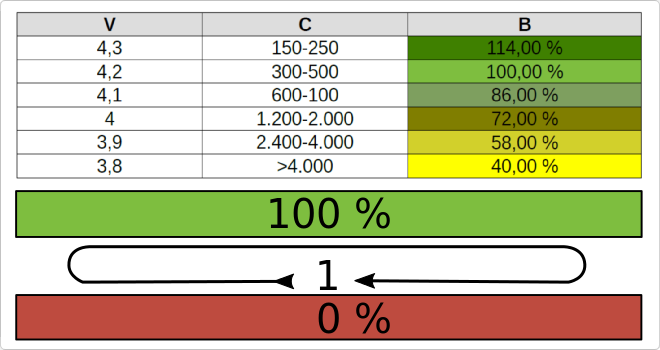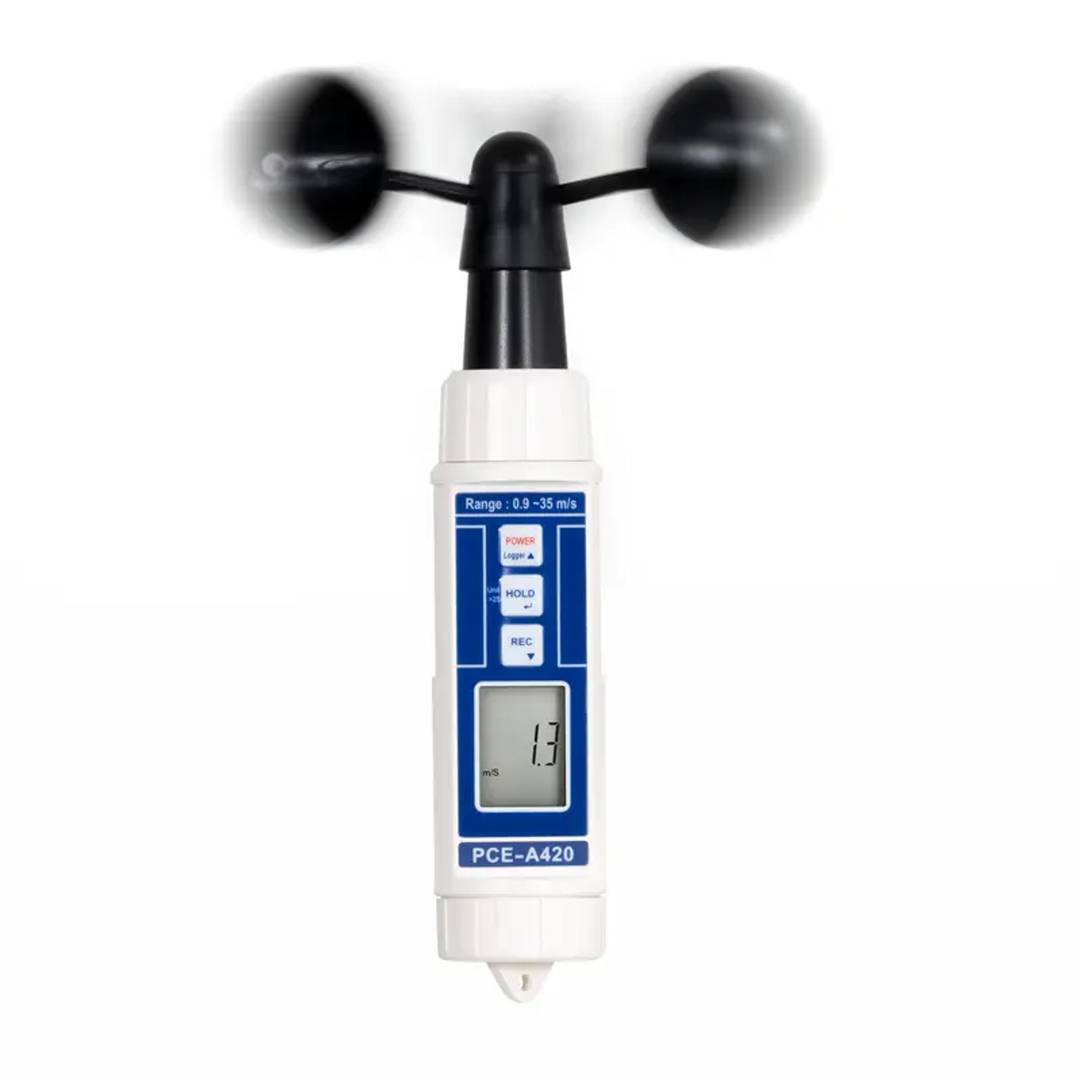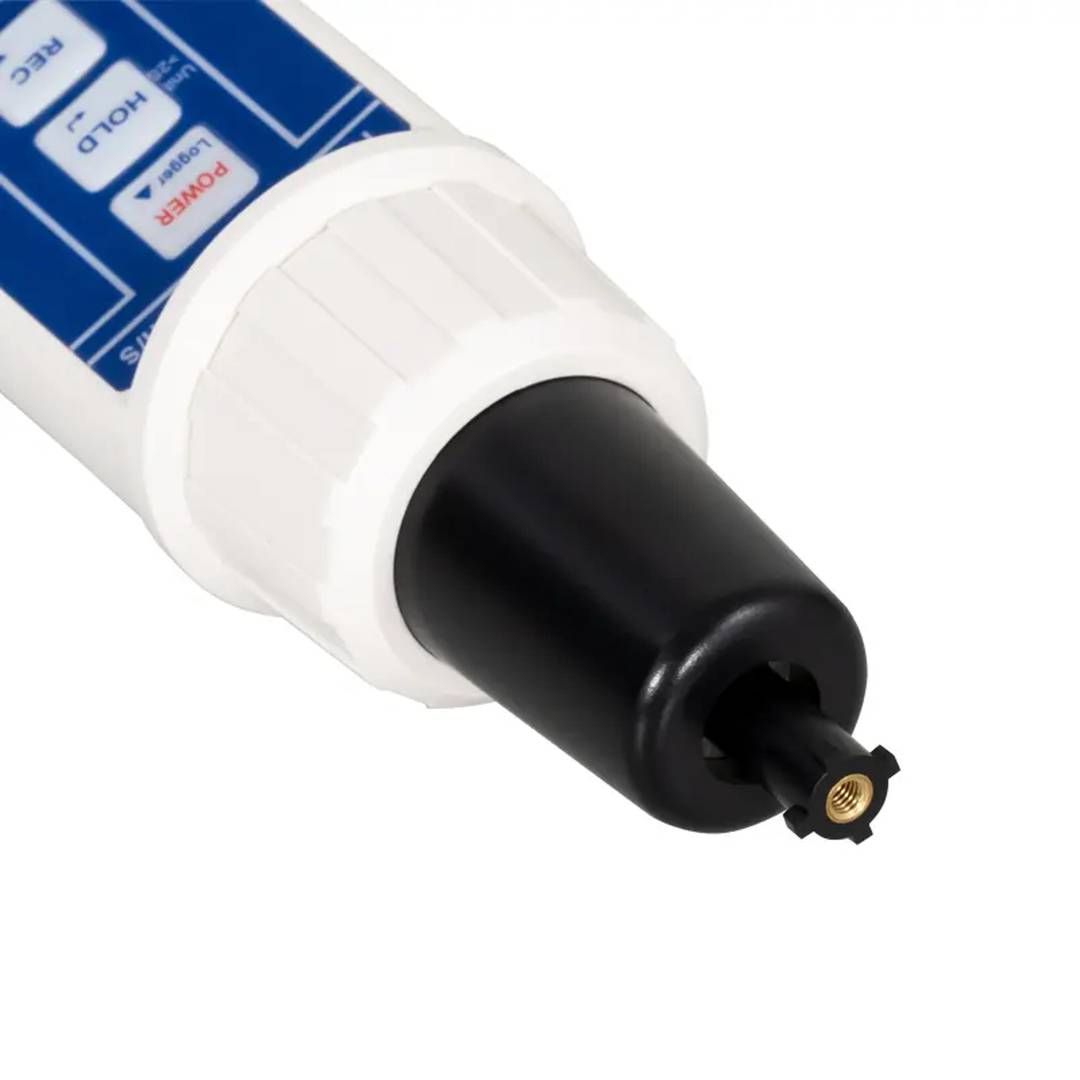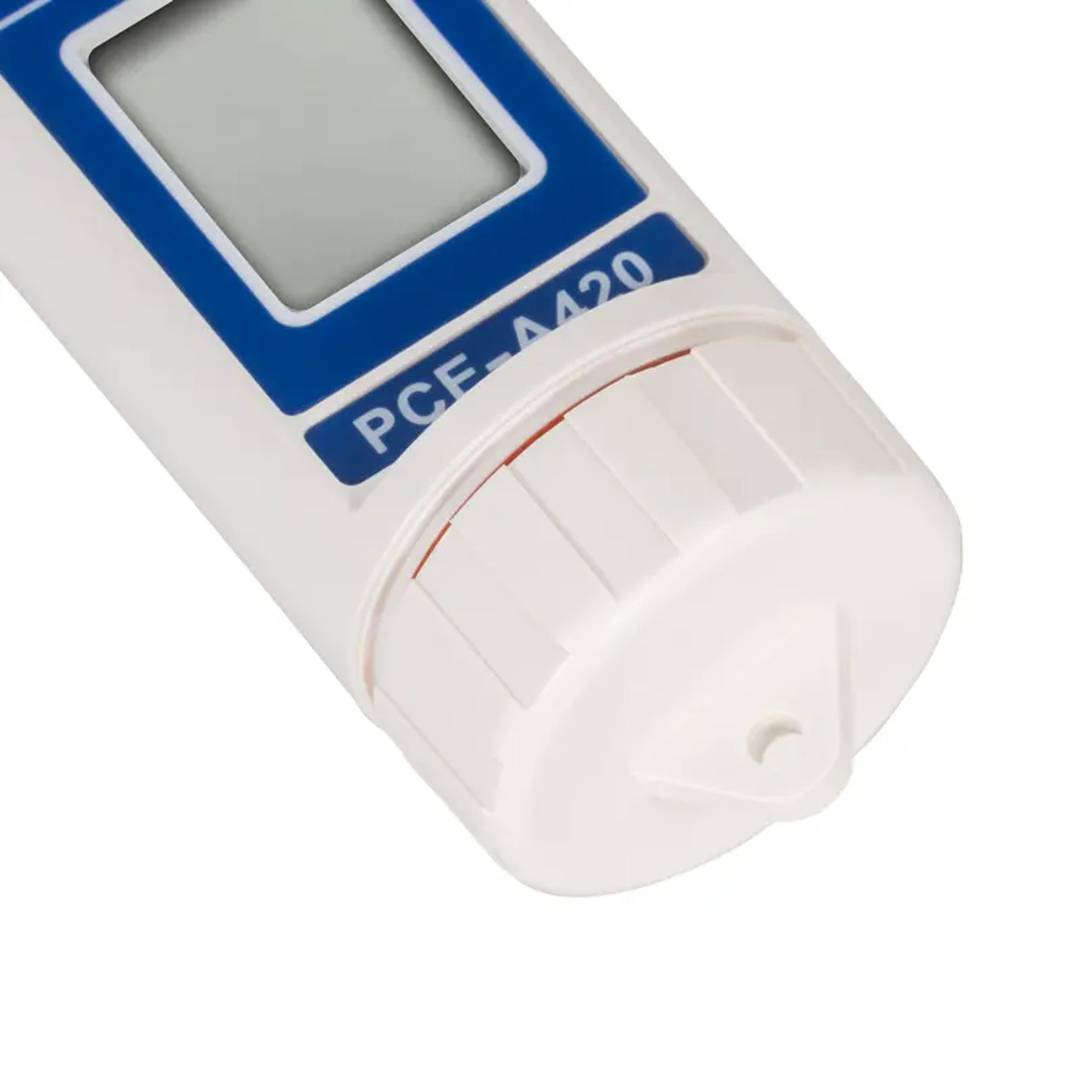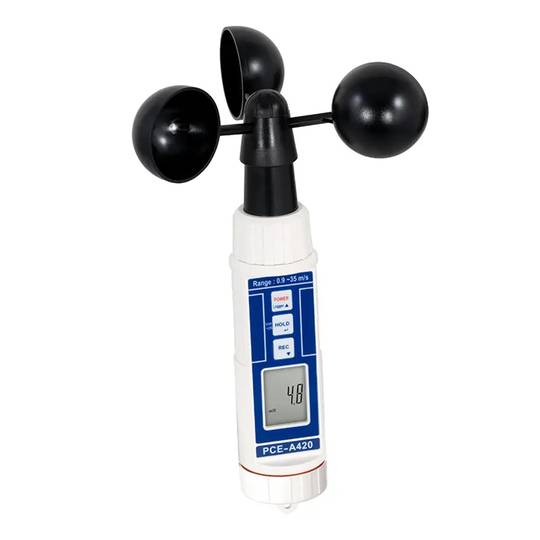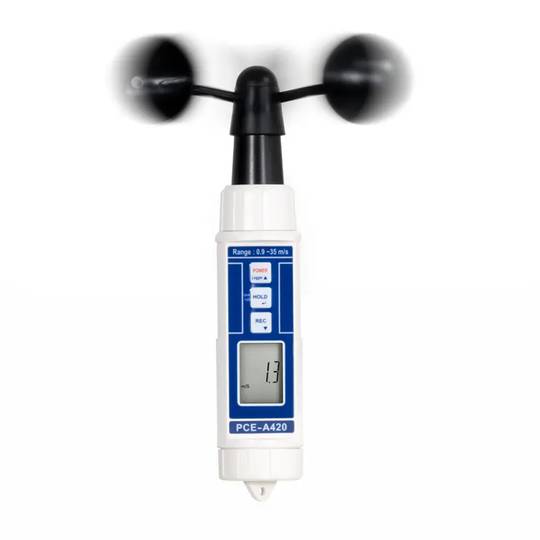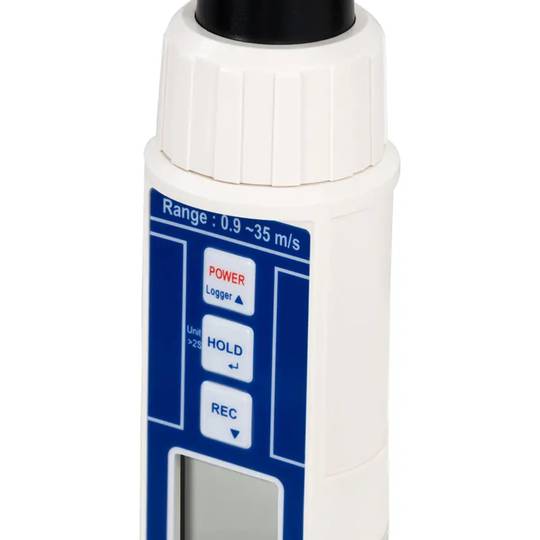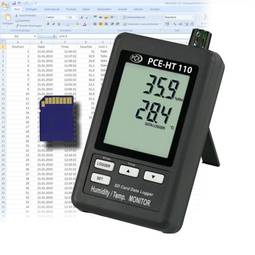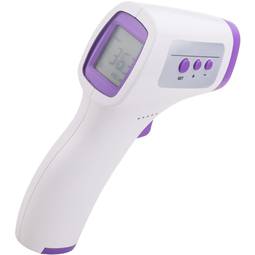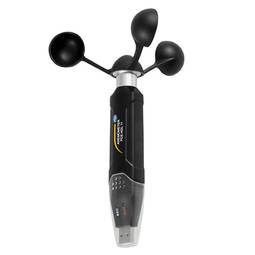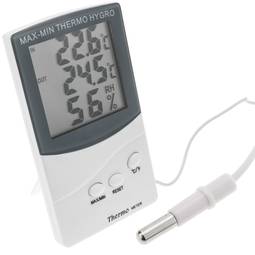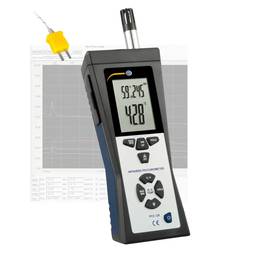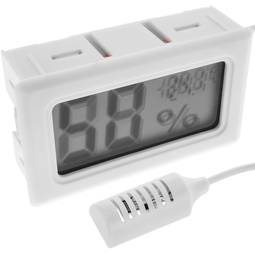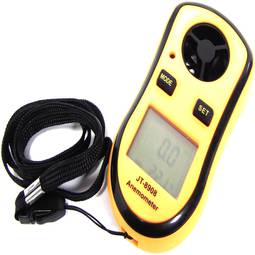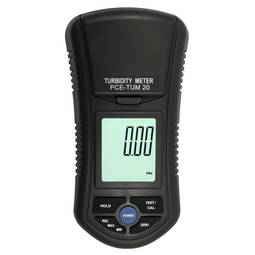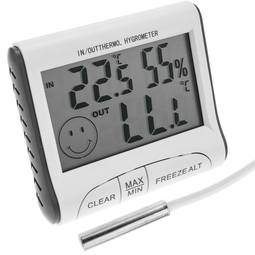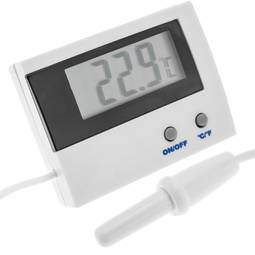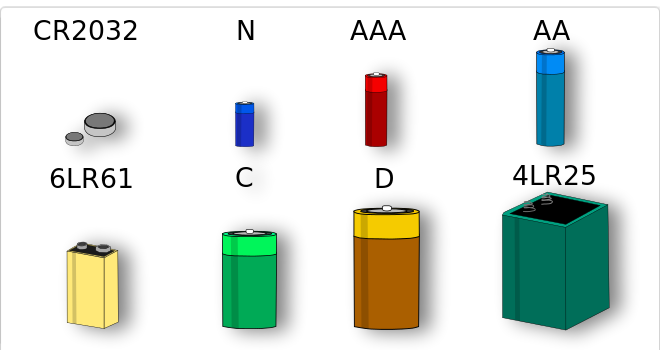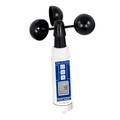01/02/2026 1:59 a.m.
https://cablematic.com/en/products/pce-a420-anemometer-PC013/
https://cablematic.com/en/products/pce-a420-anemometer-PC013/
PCE-A420 Anemometer
REF: PC013
Specifications
- Cup anemometer to measure wind speed.
- The three cups located horizontally are attached to the vertical axis of the anemometer.
- IP 65 protection that protects it from the entry of dust and water.
- Allows you to select the unit with which you want to perform the measurement: m/s, km/h, knots, miles/h, ft/min.
- Memory to save maximum and minimum values.
PVP
€166.89
Price including VAT:
€166.89
PVD
€155.38
PVP: Retail price.
Check conditions.
PVP: Sale price to distributors.
Check conditions.
5 business days
The delivery times are approximate and may vary depending on the selected carrier.
warranty
returns
safe
Specifications
- Cup anemometer to measure wind speed.
- The three cups located horizontally are attached to the vertical axis of the anemometer.
- IP 65 protection that protects it from the entry of dust and water.
- Allows you to select the unit with which you want to perform the measurement: m/s, km/h, knots, miles/h, ft/min.
- Memory to save maximum and minimum values.
Keywords
Did not find what you were looking for? These topic could help you
More info
Cup anemometer with IP 65 protection to prevent the entry of dust and water. The user can select the desired measurement unit among m/s, km/h, knots, miles/h, ft/min. The PCE Instruments air speed meter memorizes the maximum and minimum values that can be retrieved later on the screen. It is equipped with a memory, which allows the user to save the current measured value at the touch of a button and display it again on the screen after another measurement has been made. To extend the life of the batteries, the cup anemometer has an automatic disconnection. It works with four 1.5 V batteries, type AAA. Manufactured by PCE with reference PCE-A420.
Specifications
- Cup anemometer to measure wind speed.
- The three cups located horizontally are attached to the vertical axis of the anemometer.
- IP 65 protection that protects it from the entry of dust and water.
- Allows you to select the unit with which you want to perform the measurement: m/s, km/h, knots, miles/h, ft/min.
- Memory to save maximum and minimum values.
- Automatic shutdown to extend battery life.
- It works with four 1.5 V batteries, type AAA.
- Ideal for mobile and fixed measurement of wind speeds up to 35 m/s.
- Gross Weight: 884 g
- Number of packages: 1
Technical terms
- Battery charging cycles
- Types of batteries
Battery charging cycles
When calculating the life of a battery it will be necessary to know the number of charge cycles that can be performed until the battery does not begin to lose its capacity.
Depending on the type of battery these charging cycles can vary, the most common being the mobile batteries, manufactured Li-Ion or Li-Po, which have a duration of between 300 and 500 charging cycles according to model and manufacturer.
Once thisE limit we will notice how the battery loses duration of operation, arriving to lose up to 25% of its capacity of load.
At this point it will be necessary to evaluate a battery change.
It should be noted that usage and charging habits can significantly affect battery life. For example, factors such as heat, charge the battery several times a day without it is almost exhausted, etc. Will be affectedits duration.
Therefore, to get the most out of the battery we must know when a full charge cycle is performed, and try to avoid misuse of charge, to increase its useful life.
A charging cycle is considered when the battery has been discharged or its 100% charge has been used.
The manufacturers advise that the charge is never made below the 58% battery, since the battery voltage would not fall so lowTo, so you could end up winning up to 4000 charge cycles.
Tips to increase the life of a battery.
Depending on the type of battery these charging cycles can vary, the most common being the mobile batteries, manufactured Li-Ion or Li-Po, which have a duration of between 300 and 500 charging cycles according to model and manufacturer.
Once thisE limit we will notice how the battery loses duration of operation, arriving to lose up to 25% of its capacity of load.
At this point it will be necessary to evaluate a battery change.
It should be noted that usage and charging habits can significantly affect battery life. For example, factors such as heat, charge the battery several times a day without it is almost exhausted, etc. Will be affectedits duration.
Therefore, to get the most out of the battery we must know when a full charge cycle is performed, and try to avoid misuse of charge, to increase its useful life.
A charging cycle is considered when the battery has been discharged or its 100% charge has been used.
The manufacturers advise that the charge is never made below the 58% battery, since the battery voltage would not fall so lowTo, so you could end up winning up to 4000 charge cycles.
Tips to increase the life of a battery.
- Avoid extreme heat or cold or very long applications of the device.
- Charge the battery as often as you can.
- Fully discharge the battery from time to time.
- Do not let the battery run out completely before charging.
